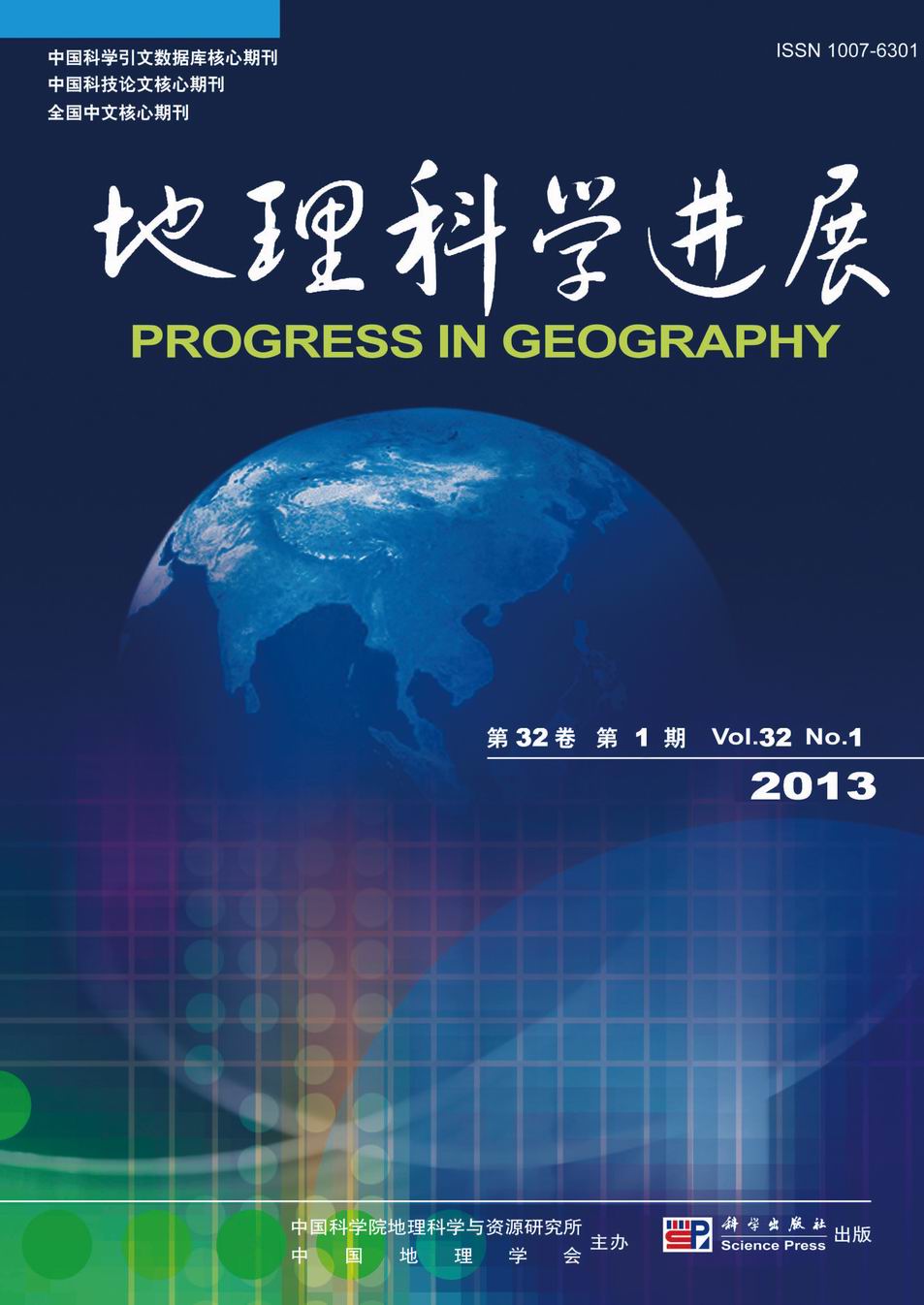Original Articles
ZHAO Yifei, ZHANG Bo, ZHANG Duoyong, ZHANG Jianxiang, HE Xuqiang, SUN Liwei
Based on the climatic factors, such as daily maximum temperature, minimum temperature, precipitation, relative humidity, wind speed and sunshine duration, measured daily at 13 stations from 1960-2010 in Hedong region of Gansu province, potential evaporation is calculated for the region using the UN Food and Agriculture Organization(FAO) Penman-Monteith model, which allows the calculation of the surface humidity index for the location of each station. The characteristics of spatial-temporal variations of the humidity index are then analyzed by using the linear regression, Morlet wavelet, Empirical Orthogonal Function(EOF) and Inverse Distance Weighted(IDW) methods, and the climatic factors impacting the surface humidity index are investigated. The results indicate that the study region was wetter before 1992, and the humidity index has been in a downward trend since 1960s, with an interannual decreasing rate of 0.02/10a in the last 51 years and a correlation coefficient of 0.2946(P<0.05). With the exception of slight increase in winter season, the humidity index decreased in other three seasons. The spatial pattern of the change of humidity index of the study region showed clear difference between the south and the north, with the humidity index decreasing from south to north. The abnormal spatial pattern resides in two aspects: the uniformity of the whole area, and the opposite changes in the south and the north. In the meantime, the periods of 19a, 5a and 11a also existed for interannual changes of the humidity index, with the turning point from wet to dry in the year of 1994. Furthermore, in the past 51 years, the climatic factors showed different impacts on the humidity index change in different seasons; the humidity index had positive correlations with precipitation and relative humidity, but negative correlations with sunshine duration, potential evaporation, wind speed and maximum temperature.
